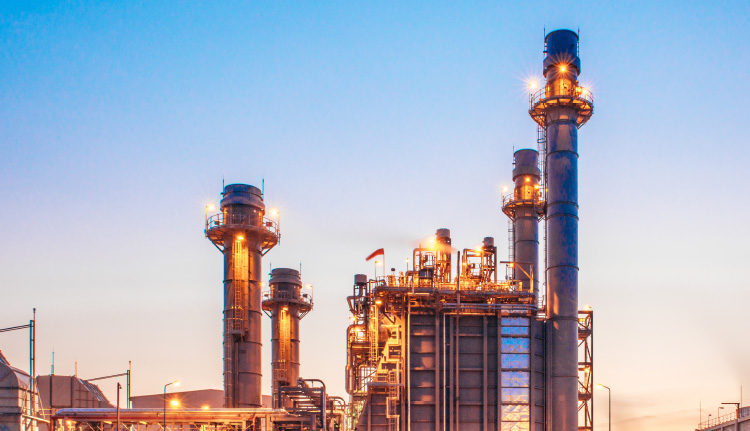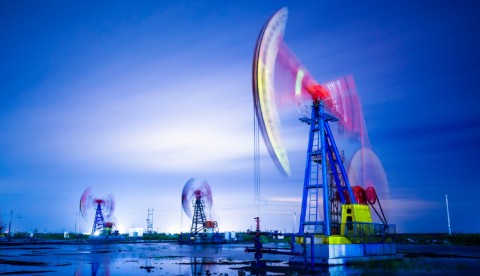Addressing the issue of gas flaring and methane emissions has become more essential than ever with natural gas being a leading transitional energy resource. Being a significant contribution to global carbon emissions, the total volume of natural gas flared worldwide was 142 billion cubic meters based on estimates from the World Bank’s Global Gas Flaring Reduction Partnership (GGFR). Though this figure has declined significantly, the amount of gas that is flared globally remains sufficient to power Sub-Saharan Africa. Both flare gas and methane emissions that come from petroleum activities make up around 12% of greenhouse gas emissions within the global energy sector.
Yet, as global energy giants highlight the importance of achieving the zero-flaring dream, it will only remain a fantasy if the necessary financial resources are not secured. The economic approaches are many, but the few that are successful are the ones that give effective climate action the momentum that it needs to achieve net zero objectives. Most economic approaches have been successful in financing large-scale and small-scale projects to accomplish zero flaring, but fall short of addressing what experts call the “missing middle”. This – in essence – is where true excellence in economic strategic planning is really required.
One component of an effective economic strategy must involve the creation of a healthy and secure investment climate to attract the trust and confidence of key investors that could set the foundations for successful flaring and methane reduction (FMR) projects. According to a World Bank report, sources of investment for FMR projects include oil and gas companies, commercial banks, private capital funds concerned with natural resources, development finance institutions (DFIs), and strategic investment funds. As far as oil and gas companies are concerned, the World Bank study has shown that though these companies have contributed a lot to global emissions, there is also a lot of potential for them to benefit from their investments in FMR projects and secure impressive returns. From an economic perspective, state policies should offer attractive incentives for oil and gas companies to invest in these types of projects and in providing necessary technologies to ensure their on-field operations are emissions-free.
Many of the world’s large financial institutions, such as commercial banks, could also take interest in FMR projects given that the returns on investments look promising. Based on 2021 figures provided by Rain Forest Action, the biggest names in finance have been pumping funds into the fossil fuel industry, including JPMorgan Chase contributing $317 billion between 2016 and 2020, as well as $237 billion from Citi, $223 billion from Wells Fargo, and $121 billion from BNP Paribas among many others. A World Bank study indicated that many organizations in global finance would welcome the idea of investing and benefiting from the potentially profitable returns from FMR projects. By ensuring an environment of security and stability, these key financial institutions can help build the fiscal momentum to push the FMR agenda forward. Though the sources are many, it is also imperative to have a strategy that will cater to the diverse interests of these various investors.
There also needs to be policies to reduce risks for FMR investments and ensure investors that they will get an adequate return for their contributions. These risks include associated gas supply risks, end-product price risks, off-taker payment risks, project execution risks, and macroeconomic risks. From an economic perspective, supply is a key element to pay attention to, especially when it comes to associated gas supply risk. According to a World Bank study, uncertainty in the quantity and quality of associated gas could pose a potential risk to returns on FMR investments. This is especially the case if oil and gas companies are not diligent in keeping a record of their flaring activities, primarily due to ineffective regulation and enforcement. Additionally, investors may also have to face end-product price risks in that returns from FMR projects are affected by price fluctuations of end-products, mainly gas or electricity. The World Bank study also cites an additional macroeconomic risk saying, “FMR projects face a variety of macroeconomic risks, including those affecting oil companies. A significant drop in oil prices, for instance, may affect production at a given oil field and with it the supply of associated gas. Macroeconomic volatility may also affect prices and demand of the FMR project’s end product.” These are challenges that countries around the world will have to work around in order for their FMR initiatives to be successful.
Climate action, just like everything else, echoes the concept that dreams without funding remain to be nothing fantasies. Without sound economic policies to drive climate action and take the necessary measures to reduce emissions, humanity will have to face an overwhelming existential threat amid rapidly changing global weather patterns and rising temperatures. Zero flaring and cutting methane emissions is and will remain to be an essential part of climate action, with technological innovation and effectiveness going hand in hand to generate the much-needed results.








